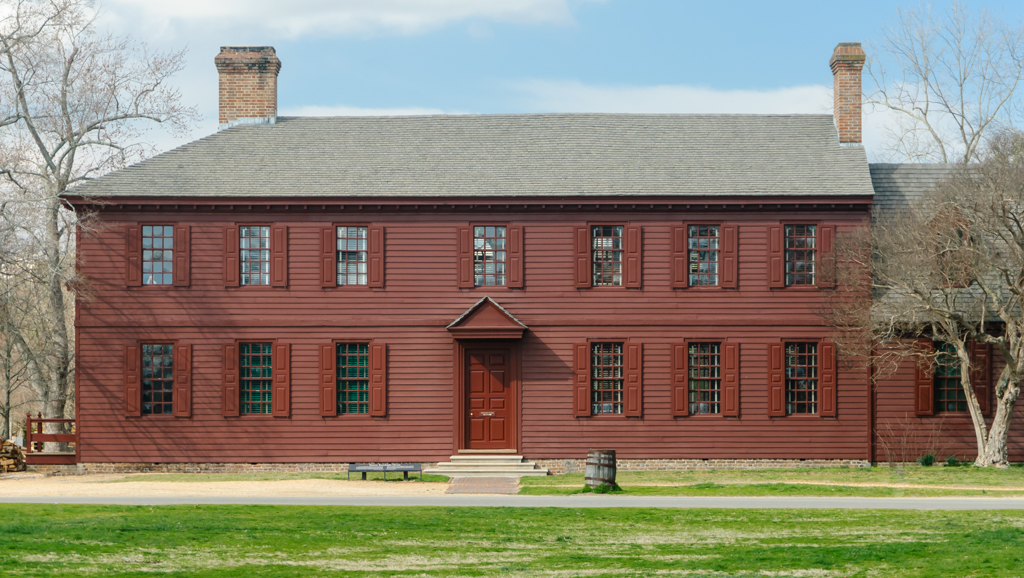Peyton Randolph, a prominent figure in American history, was not only a planter and politician but also the first and third President of the Continental Congress. Born on September 10, 1721, in Williamsburg, Virginia, to Sir John Randolph and Susana Beverley, Randolph played a crucial role in shaping the nation’s early days. This article delves into his life, accomplishments, and his residence, the Peyton Randolph House.
Peyton Randolph’s Early Life and Political Career:
From 1766 to 1775, Peyton Randolph served as the speaker of the Virginia House of Burgesses, showcasing his leadership and political acumen. Hailing from a wealthy family, his influence extended beyond regional boundaries, earning him a place in history. Sadly, his life was cut short when he passed away on October 22, 1775, in Philadelphia, Pennsylvania, at the age of fifty-four.
Peyton Randolph House: A Glimpse into History:
Located in Williamsburg, Virginia, Peyton Randolph’s residence stands as a testament to the rich history of the founding fathers. The house, known as the Randolph-Peachy house, boasts an impressive architectural style in the form of Georgian design. Constructed in 1715 by William Robertson, the house underwent expansion and modification when Sir John Randolph, Peyton’s father, acquired it around 1724.
The structure comprises three interconnected segments, featuring hallways and walls that seamlessly blend the original building with the added sections. Peyton Randolph himself played a role in uniting two separate houses by constructing the middle portion, creating a unique and spacious dwelling. The house, now a museum, offers visitors an authentic experience of eighteenth-century architecture.
Architectural Features and Interior Design:
With more than one bedroom and one bathroom, Peyton Randolph House spans over 1,000 square feet. The wood frame structure, characteristic of Georgian architecture, adds to the charm of the building. Inside, visitors are greeted by genuine eighteenth-century woodwork, including a remarkable marble fireplace mantel. The grand central staircases stand as a focal point, showcasing the elegance and sophistication of the era.
Peyton Randolph House Today:
Despite its transformation into a museum, the Peyton Randolph House retains the essence of its historical significance. Serving as Peyton Randolph’s home for over fifty years, it stands as a living monument to the early days of American independence. The L-shaped design and meticulous preservation of its original features make it a captivating destination for history enthusiasts and tourists alike.
Property Specifications:
- Bedrooms: 1+
- Bathrooms: 1+
- Square Feet: 1,000+ sqft
- Address: Nicholson St, Williamsburg, VA 23185
Peyton Randolph’s Legacy:
Beyond the walls of his residence, Peyton Randolph’s legacy endures through his contributions to the formation of the United States. As a key figure in the Continental Congress. He played a pivotal role in laying the foundation for the nation’s governance. His impact is felt not only in the history books but also within the halls of his meticulously preserved home.
Explore Peyton Randolph House Online:
For those unable to visit in person, Peyton Randolph House offers a virtual experience through its social media presence. Follow them on Instagram, Twitter, Facebook, Pinterest, TikTok, and YouTube to stay updated on the latest insights into luxury, real estate, and the intriguing history behind celebrity homes.
Conclusion:
In conclusion, Peyton Randolph House stands as a captivating historical landmark. Offering a glimpse into the life of one of America’s founding fathers. From its architectural marvels to the authentic eighteenth-century interior. Every aspect of the house tells a story of a bygone era. As we explore and appreciate the legacy of Peyton Randolph. We find ourselves immersed in the rich tapestry of American history, with his house serving as a tangible link to our nation’s roots.
